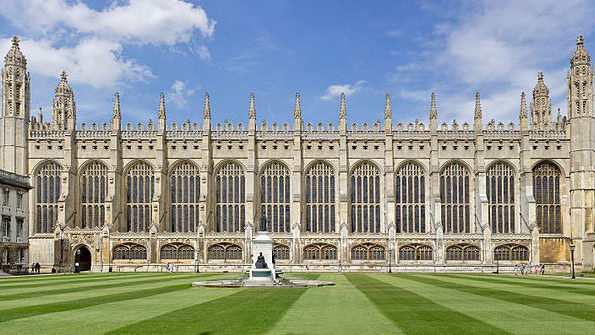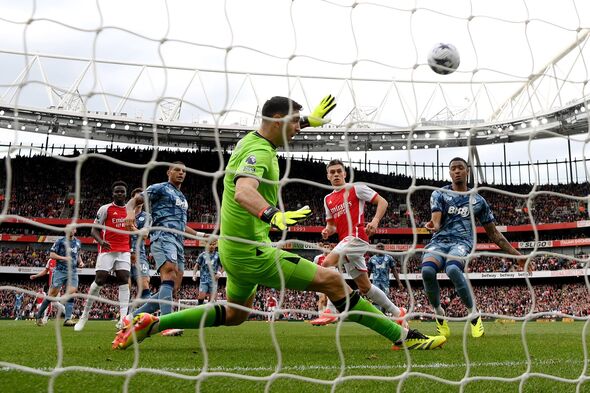
Osbourne’s devotion is hardly unique. American sports fans have forged imperishable bonds with the people, places and moments that define their teams. You might even call this attachment religious.
But that would be unfair — to sports.
While teams and fans are building powerful, cohesive communities — think Red Sox Nation
or the legions of University of Alabama faithful who greet one another with “Roll Tide” — churches are losing followers.
According to a 2012
survey by researchers at the University of California at Berkeley and Duke University, 20 percent of Americans “claimed they had no religious preference,” compared with an unaffiliated population of 8 percent in 1990. Roughly two out of three Americans, a 2012 Pew report noted, are under the impression that religion is losing influence in the country.
Sports are on the opposite trajectory. Fifty years ago, just three in 10 Americans considered themselves sports fans. By 2012, that proportion exceeded six in 10.
Tens of millions of U.S. viewers tuned in to regular-season National Football League games last fall, with the most popular match-ups attracting upwards of 30 million viewers. Nearly 3 million people watched the National Basketball Association’s Christmas Day games. And for devotees of these and other sports, lifelong loyalty to a certain city and team is de rigueur. “Once you choose a team,” sports commentator Bill Simmons says, “you’re stuck with that team for the rest of your life.”
Simmons was half-kidding, but sports are clearly attracting strong adherents as religion is shedding them. This raises the question: Are Americans shifting their spiritual allegiances away from praying places and toward playing places?
Of course, there’s no shortage of religion in American sports. Witness Tim Tebow’s famous genuflections, David Ortiz’s raised index fingers to heaven, Phil Jackson’s invocations of Zen Buddhism, and Muslim high school football players choosing to maintain their Ramadan fast in the midst of a playoff run. Roughly one in five Americans is convinced that God influences game outcomes. NFL games often end with midfield prayer circles. There is a certain wisdom to former football and baseball star Deion Sanders’s observation that faith and athletics go together “like peanut butter and jelly.”
But high-profile displays of piety belie a deeper reordering of spiritual priorities. Modern sports stadiums function much like great cathedrals once did, bringing communities together and focusing their collective energy. This summer, the Archdiocese of New York is expected to outline plans to close or merge some of its 368 parishes; 26 Catholic schools in the archdiocese have ceased operation. By contrast, the city and the state of New Jersey spent hundreds of millions
to build
new baseball and football stadiums.
And while the public display of religious imagery such as the Ten Commandments and Nativity scenes remains highly contested, the stars, swords, bears, lunging felines and muscled birds associated with sports teams bolster communal unity. After the Boston Red Sox won the World Series in October, the championship trophy was paraded through the halls of the Massachusetts Statehouse while the governor donned a team cap. Outside, a colossal Red Sox banner hung from the building’s portico.
Spiritual leaders have long feared that religion and sports would vie for loyalty — and that sports would win. Before the Civil War, clergymen and devoted lay people regarded sports as needless distractions and gateways to moral dissipation — clear competitors for sacred time and attention. A 17th-century English Puritan named Thomas Hall expressed a common view when he suggested that “gaming” was among the surest means to “debauch a people, and draw them from God and his worship to superstition and Idolatry.”
“We came into this world not for sport,” a Christian magazine opined in 1851, but “for a higher and nobler object.” The fact that sports were often played on the Christian Sabbath made them all the more damnable.
As the 20th century approached, however, attitudes toward sports pivoted. Baseball, tennis, golf and football gained respectability among the aspiring middle classes. Meanwhile, a new breed of Protestant ministers extolled their virtues under the banner of “muscular Christianity.” Many echoed the Rev. Washington Gladden, who in 1898 called sports “a means of grace” and a training ground for “a godly life.” James Naismith, a Presbyterian minister, invented a game he called “basket ball” in 1891. And across the nation, the Young Men’s Christian Association (YMCA) added gyms to its facilities, with countless houses of worship following suit.
Today, those old YMCA — now nicknamed the nonsectarian “Y” — and church-basement gyms seem like offerings to a rival deity that conquered the world. In a 2013 survey of shrinking congregations, eight out of 14 pastors “identified sports as the main culprit for low Sunday service attendance.” According to a newly released study
by the Public Religion Research Institute, a quarter of Americans “report that they are more likely to be in church than watching football” on Sundays, though almost as many say they are more likely to be taking in gridiron action than sitting in pews.
In short, sports are succeeding by the measures that have traditionally defined success for religious institutions: regularly immersing people in a transcendent experience and keeping them ardently committed over the long term. It could simply be that faiths do not stir the same competitive passions they once did. Tolerance for other religions and acceptance of intermarriage have risen sharply since World War II. Both trends correlate with flagging religious attachments among many groups.
This may be a salutary change. Religious adherents once hung heretics, discriminated against dissenters and tangled with those of other faiths. Methodists defined themselves against Episcopalians; Catholics defined themselves against Protestants; Christians defined themselves against Jews; and vice versa. We are better for having put such interfaith hostility behind us. But religious institutions may not be.
As faith attachments weaken, sports fill a psychological and cultural vacuum. Rooting for the Sabres, Lions or Broncos — and against the Bruins, Bears or Raiders — allows us to display unwavering devotion. Team attachments license us to love and hate in the most dedicated ways. And happily for sports aficionados, these antagonistic feelings are largely contained within games. St. Louis Cardinals fans who saunter around Chicago’s Wrigleyville should expect some badgering, but not physical harassment or abuse.
Americans remain believers of one sort or another. Less than 10 percent say they are atheists, and even the unaffiliated tend to profess spiritual inclinations. That compares very favorably with Europe’s withered religious culture. Moreover, American faith institutions can justifiably claim that their missions transcend mere competition — that they are charged with fostering goodwill between people, nudging individuals toward salvation and spiritual fulfillment, and bringing about the kingdom of God on Earth.
But when it comes to the passionate attachments that sustain interest and devotion, it’s time to acknowledge that sports have gained the edge. And they show no sign of relinquishing the lead.
Read more from Outlook, friend us on Facebook, and follow us on Twitter.




